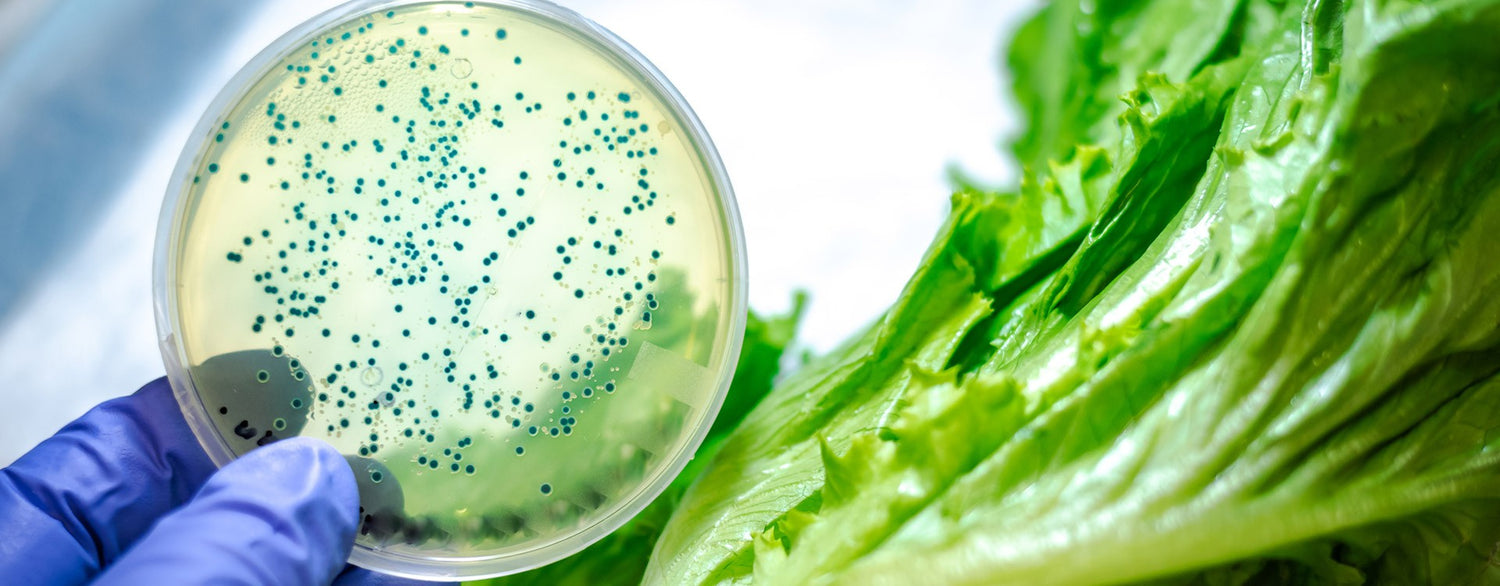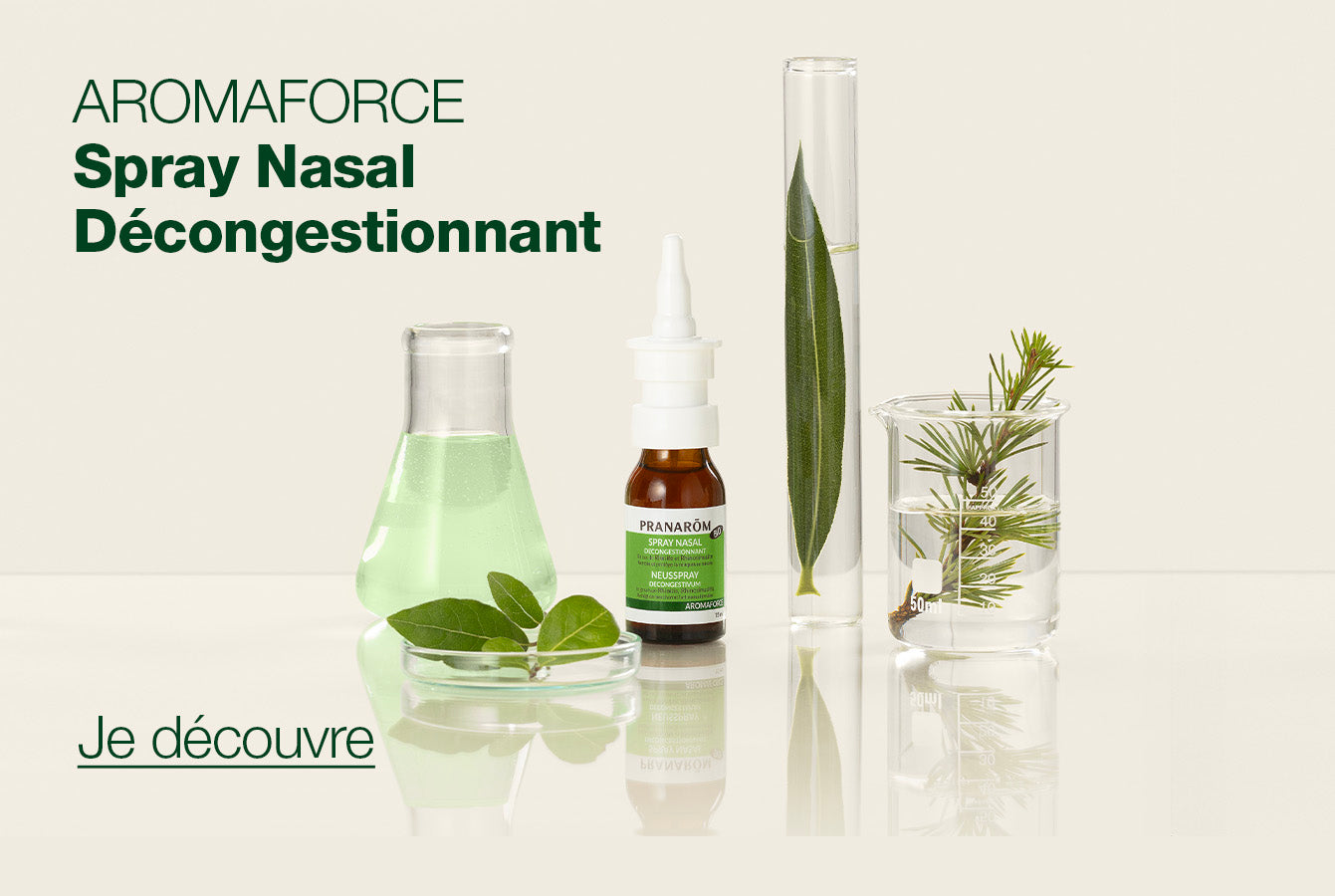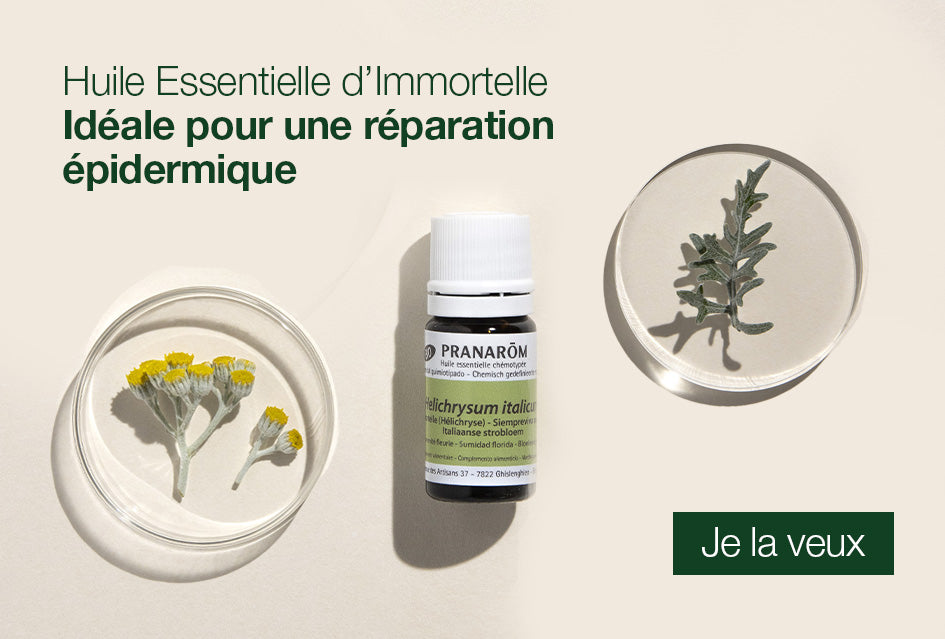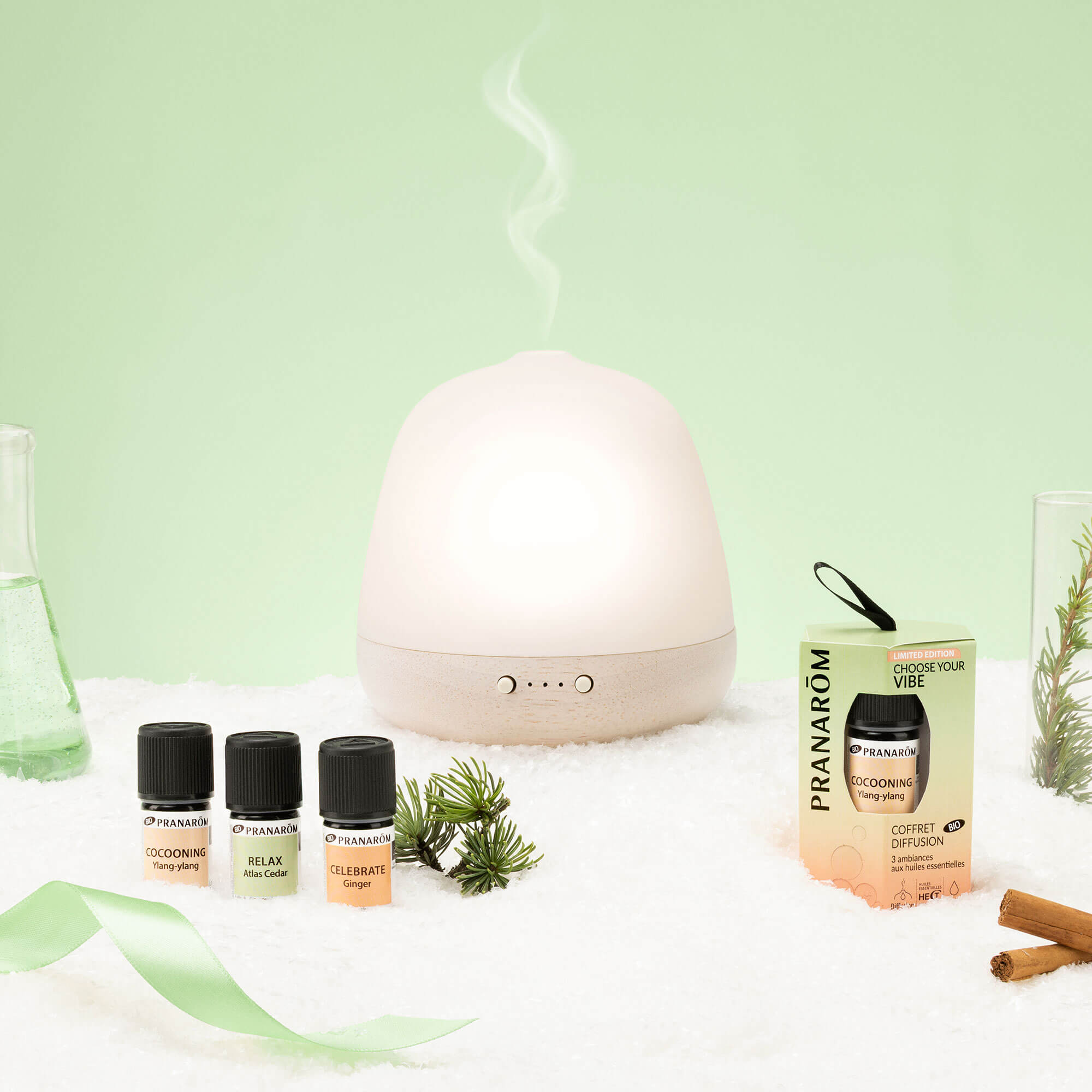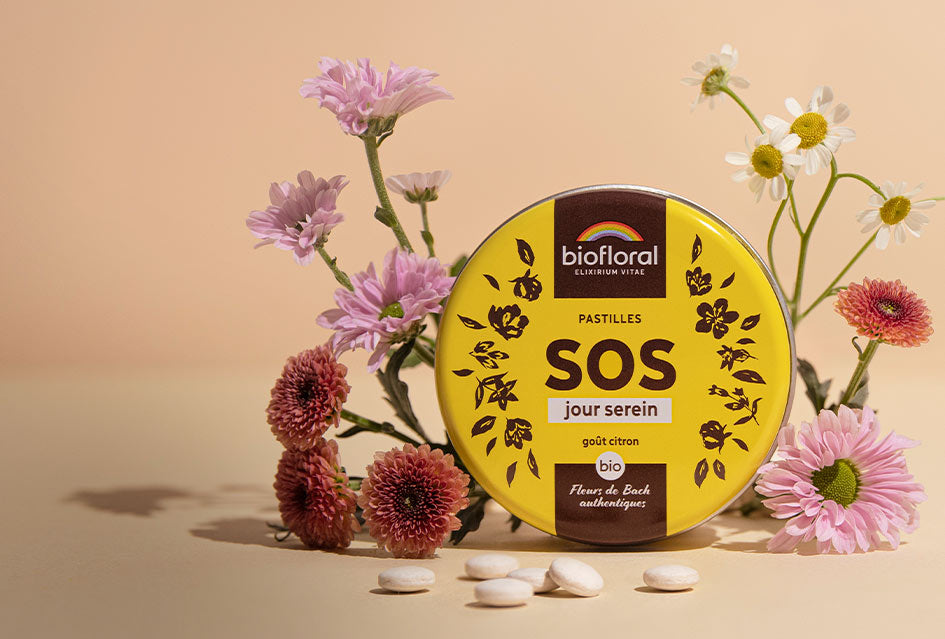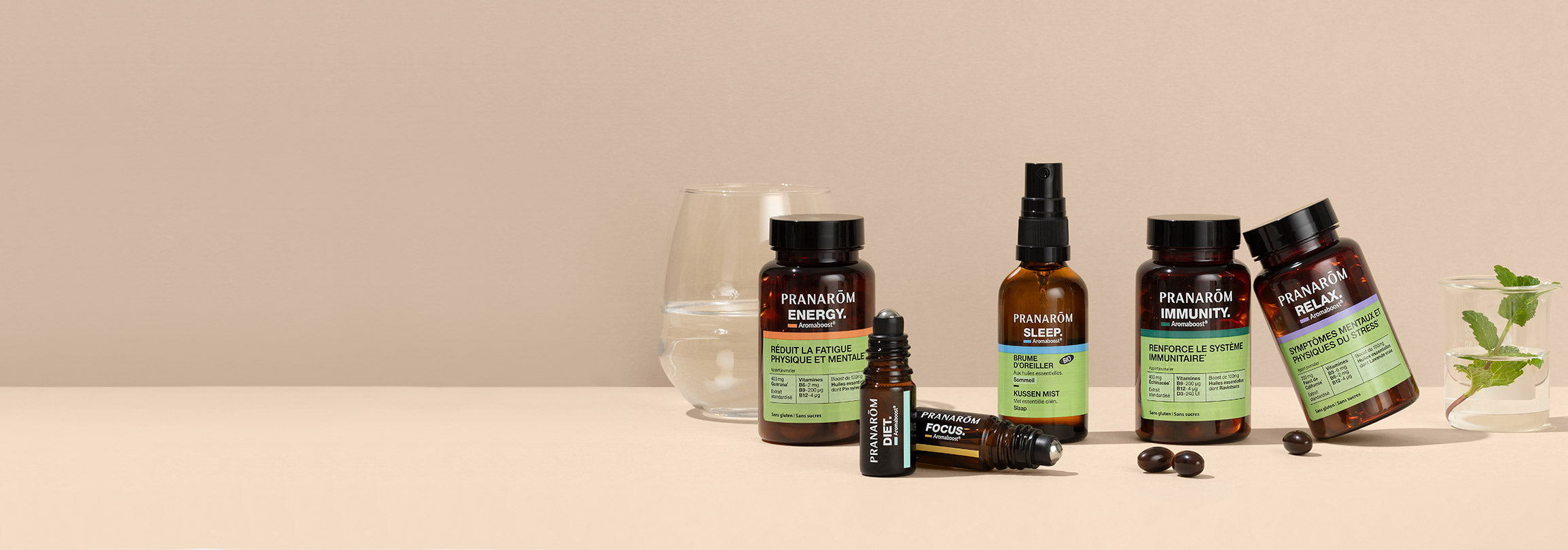Enterohaemorrhagic Escherichia coli (EHEC) serotype O157:H7was first recognized as a food pathogen in 1982 (Paton and Paton 1998). Since then, this organism has been implicated in sporadic cases and outbreaks of enterohaemorrhagic diarrhea worldwide (EFSA and ECDC 2013; Crim et al., 2014). EHEC O157:H7 is a member of the attaching and effacing (A/E) E. coli group. It possesses virulence factors essential for adhesion of the pathogen to intestinal epithelial cells (attachment) and is responsible for the destruction of the brush border ofmicrovilli (effacement) (Paton and Paton 1998).
The impact of oregano (origanum heracleoticum) essential oil and carvacrol on virulence gene transcription by escherichia coli O157:H7
